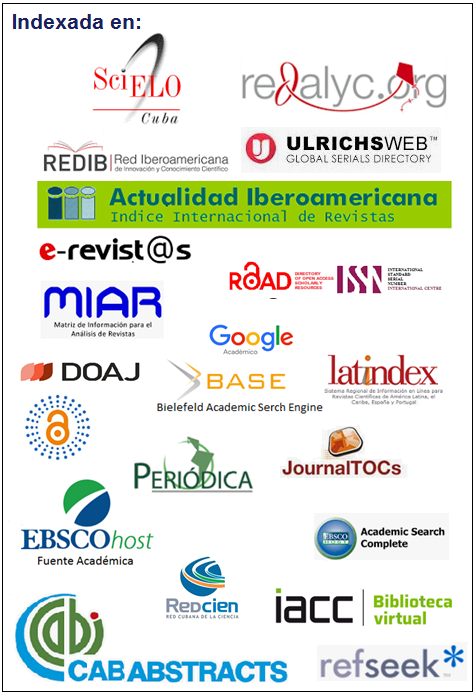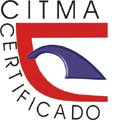Estimación del error de geometrización empleando la geoestadística transitiva
Keywords:
geoestadística transitiva, error geométricoAbstract
La geoestadística transitiva, teoría olvidada casi por completo, permite deducir una fórmula para evaluar el error geométrico en el que se incurre al geometrizar un depósito con límites no conocidos. Dicho error no depende directamente de la variabilidad espacial de las funciones aleatorias, sino de la relación entre el perímetro y el área del cuerpo mineralizado. Para su cálculo se supone el deposito definido en un dominio D, discretizado como una rejilla cuadrada con unidades de selectividad d. Es función del parámetro N, que representan el número de unidades elementales mineralizadas, así como de N1 y N2, los que se asocian al número de vértices en contacto con unidades elementales no mineralizadas en las direcciones principales de la rejilla. En algunos yacimientos con cuerpos continuos y de gran tamaño converge rápidamente a cero.Downloads
Download data is not yet available.
Published
2007-05-30
How to Cite
Martínez-Vargas, A. (2007). Estimación del error de geometrización empleando la geoestadística transitiva. Minería & Geología, 23(2), 14. Retrieved from https://revista.ismm.edu.cu/index.php/revistamg/article/view/78
Issue
Section
Articles
Copyright & Licensing
- Authors retain copyright and guaranteeing the right magazine to be the first publication of the work as licensed under a Creative Commons Attribution-NonCommercial that allows others to share the work with an acknowledgment of the work's authorship and initial publication in this journal.
- Authors may establish separate supplemental agreements for the exclusive distribution version of the work published in the journal (eg, place it in an institutional repository or publish it in a book), with an acknowledgment of its initial publication in this journal.
- Authors are allowed and recommended to disseminate their work through the Internet (e.g., in institutional telematic archives or on their websites) before and during the submission process, which can produce interesting exchanges and increase citations of the published work. (See The effect of open access)



